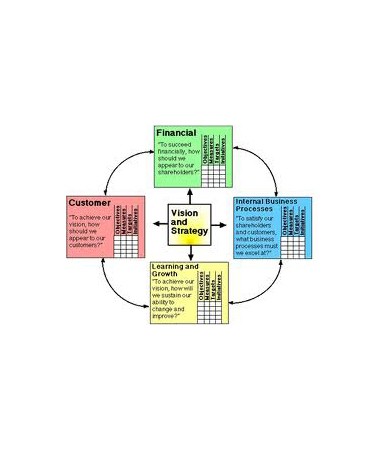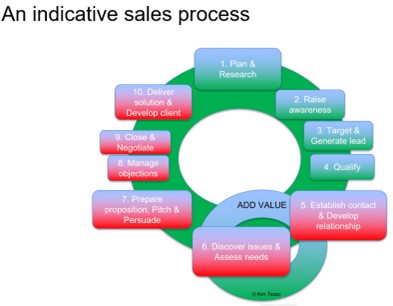
Most people who have completed management studies or an MBA will be familiar with this model. But there are a couple of professional practices that I work with who have used it in anger and have effectively built their integrated firm business plan, departmental business plans and individual partner plans using it with good results.
For those who are unfamiliar with the tool, the balanced scorecard requires the management team to consider – after setting out the main vision and strategy (not a trivial exercise for most professional practices) – four segments of an organisation’s operations:
- Financial (Revenue growth, Cost management, Asset utilisation)
- Clients (Profitability, Share, Acquisition, Satisfaction, Retention)
- Internal business processes (Identify/make markets, design, build, delivery, service)
- Learning and growth (Employee capabilities, information technology, motivation and alignment)
The core concept is that in order for a business to succeed it must keep these four areas in balance – a bit like a steering wheel where the organisation might go off course (or even crash) if the business veers too much in just one direction.
In each of these interconnected segments you must identify (SMART) objectives, measures, targets and initiatives. It’s simple elegance means that on most occasions you can summarise your plan on a single sheet of paper (albeit backed up with more detailed analysis) which makes it more likely to be used on a day-to-day basis to guide decisions and actions.
I like the model because it is elegant and simple. I like it also because it reduces the temptation to focus solely on short term financial performance to the detriment to everything else. I like that it looks at the interconnectedness of things – which reflects reality because, for example, a major new CRM system would impact on the financial (cost of system and benefits), internal business process (system implementation and process modification), learning and growth (training) and client segments (data, interaction, increased value and benefits of relationship co-ordination).
By using the word clients (as opposed marketing) it encourages a more externally and market focused perspective – as a marketer, whilst I miss the mentions of client value, markets and services – I like that the client is up there headlining with money, people and process. Too often business plans are inward looking.







